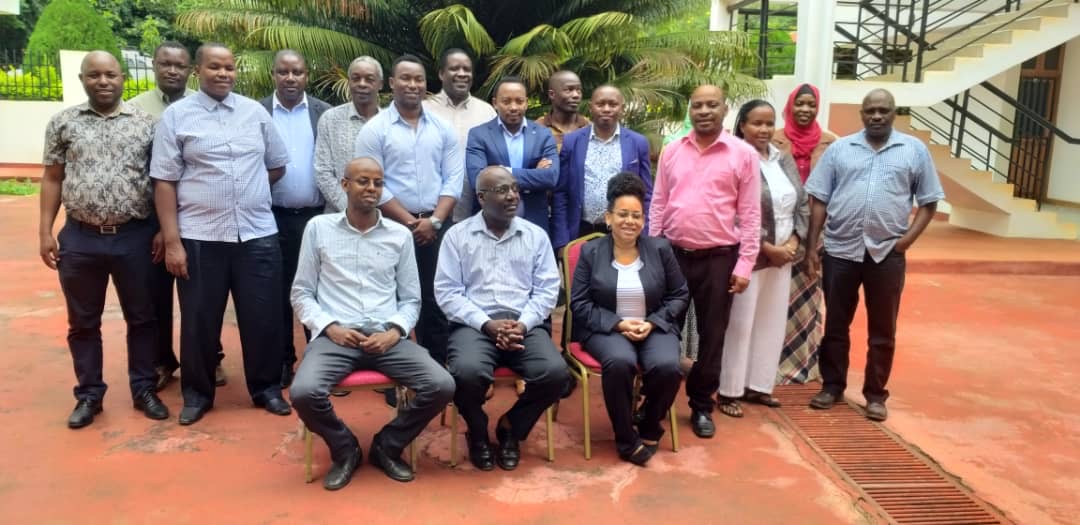AFR100: Tanzania on its way to achieving its restoration ambitions
The African Forest Landscape Initiative, known as AFR100 is an ambitious initiative that targets to bring 100 million hectares of degraded and deforested land in Africa into restoration by 2030.

Photo: IUCN ESARO
Tanzania is one of the countries in the AFR100. Having joined the initiative in 2018, Tanzania pledged to restore 5.2mHa of degraded land and forests by 2030. This pledge was followed by the establishment of a national task force led by the Tanzania Forest Service and the Vice President Office. The two institutions have embarked on the development of a national Forest Landscape Restoration (FLR) strategy that will be the ultimate guide in the restoration process.
Assessing Tanzania’s restoration opportunities:
Fast forward to 2020, the country is on its way to achieving the set ambition. In February 2020, the Tanzania Forest Service with technical support from IUCN and WWF, organized a workshop in Morogoro, Tanzania to draft the national FLR strategy. This included a national stakeholders meeting attended by representatives from various sectors in the country.
During the workshop, participants were trained on how to assess Tanzania’s restoration opportunities using the Restoration Assessment Methodology (ROAM) tool. The training which was facilitated by ROAM experts from IUCN: Joseph Njue and Ephrem Imanirareba, gave the participants an opportunity to share information and define the country's restoration objectives.
 Photo: IUCB ESARO
Photo: IUCB ESARO
Speaking during the workshop, Mrs Fainahappy Kimambo, environmental officer in the Vice President’s office said: “The Bonn Challenge / AFR100 initiative requires a multi-sectoral approach and calls for all concerned sectors in Tanzania to work together.”
Participants at the workshop agreed that Tanzania’s restoration theory of change will involve the establishment and implementation of Incentive for Ecosystems Services (IES) and improved agroforestry inorder to meet a number of objectives such as improved food security systems, poverty alleviation, biodiversity conservation, increased climate change resilience, increased biomass energy and improved water quality and supply.
FLR strategy for Tanzania
The workshop resulted in a draft Forest Landscape Restoration (FLR) Strategy for Tanzania. The draft strategy presents a situation analysis that provides the country’s baseline in terms of the existing strength, weaknesses, challenges, and opportunities across various thematic areas.
The strategy is expected to guide the restoration options and outline expected costs, benefits and financing mechanisms towards achieving the 2030 target. The government will also use the strategy in collaboration with local communities to establish a sustainable financing mechanism based on local processes.
Next steps include a national assessment using the ROAM tool. The process will be led by the Tanzania Forest Service and the Vice President Office with technical support from IUCN and WWF.



